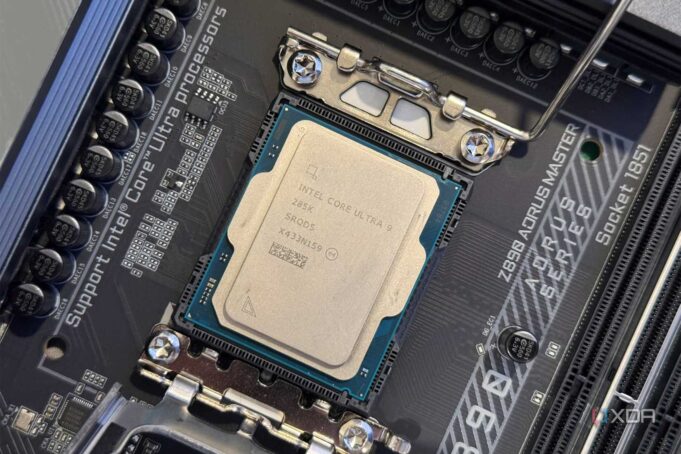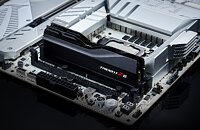For many PC builders, RAM configuration stops at enabling XMP or EXPO profiles. However, like CPU and GPU tweaking, manual memory tuning offers potential performance gains, though it can be complex. When I built my system with a Ryzen 7 7800X3D and 64GB of Crucial Pro DDR5-6000 CL36, I initially settled for simply activating EXPO.
RAM Overclocking Tested: See What Actually Matters
While more experienced with CPU and GPU overclocking, I decided to explore the limits of my RAM. My goal was to tighten timings, increase clock speeds, and adjust voltages to achieve a noticeable performance boost. After extensive testing, I found that conventional wisdom holds true, at least for my platform.
Your Platform Sets the Limits
RAM overclocking involves increasing frequency, tightening timings, and adjusting voltages to decrease latency. On most platforms, this can translate to a small percentage increase in real-world performance. However, the 7800X3D limits the extent of these adjustments.
The 7800X3D restricts SoC and CCD voltages to protect its 3D V-Cache, which impacts the integrated memory controller’s capabilities. Most chips can handle 6000–6200 MHz before requiring a 1:2 controller ratio. Exceeding this ratio increases latency, negating any performance gains. 6000 MHz is often considered the sweet spot for AM5 CPUs, which is why I chose this Crucial kit. However, you can push it slightly higher without altering the controller ratio.
What Actually Made a Difference
Despite the limitations on the X3D CPU, some performance improvements are still possible.
Tightening primary timings from CL36-38-38-80 to CL36-36-36-80 reduced latency in AIDA64 and improved frametimes in CPU-bound games. Counter-Strike 2, known for being CPU-intensive, benefited from this adjustment. While average FPS remained consistent, 0.1% and 1% lows increased by approximately 10 frames per benchmark run. Pushing beyond 6200 MHz introduced stuttering and inconsistency, so I maintained 6000 MHz with the EXPO profile’s 1.35V. Tightening timings proved to be the most effective tweak, while other adjustments had minimal impact.
What Turned Out to Be a Waste of Time
Other available settings had little to no impact on performance and often resulted in instability. Increasing the frequency to 6400 MHz worsened performance outside of synthetic benchmarks, and subtiming adjustments were less effective than primary timing tweaks. Voltage increases did not improve stability and only increased heat.
The 7800X3D and its memory controller are not designed for extensive overclocking. This chip is optimized for out-of-the-box gaming performance, and its 3D V-Cache limits its thermal capacity. The chip benefits from running cooler and can be further enhanced with an undervolt.
Better Performance Gains Lie Elsewhere
Results may vary, but non-X3D CPUs allow for greater RAM performance gains due to unlocked settings. Intel chips typically have superior memory controllers, enabling more extensive RAM tuning.
For the 7800X3D, enabling EXPO and running the memory at its rated specifications yields similar performance to extensive tuning. The difference between hours of tweaking and simply enabling a profile is negligible, although it can improve performance and 1% lows in certain games like Counter-Strike 2.
Your Mileage Will Vary
RAM overclocking potential depends on the CPU, its memory controller, the RAM kit, and silicon quality. While tightening timings had minimal impact on my X3D CPU, Intel’s Arrow Lake and other Zen 4/5 CPUs may see more significant gains compared to using XMP or EXPO profiles.



